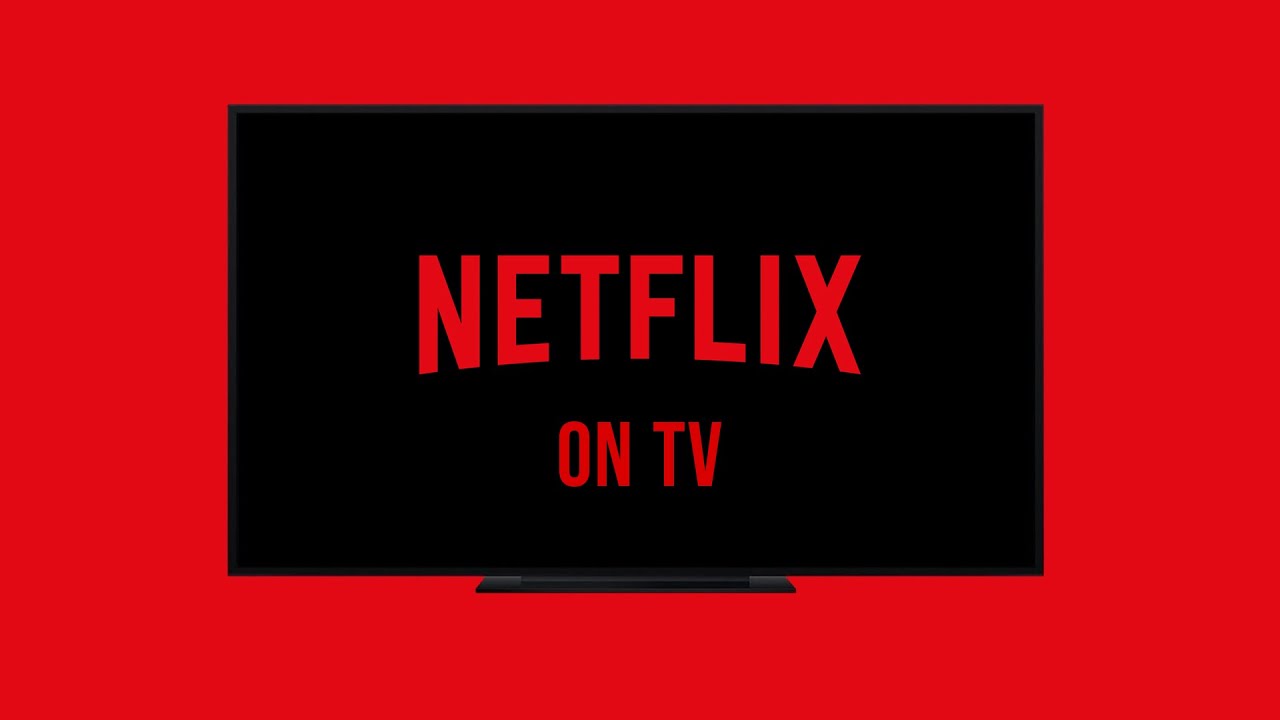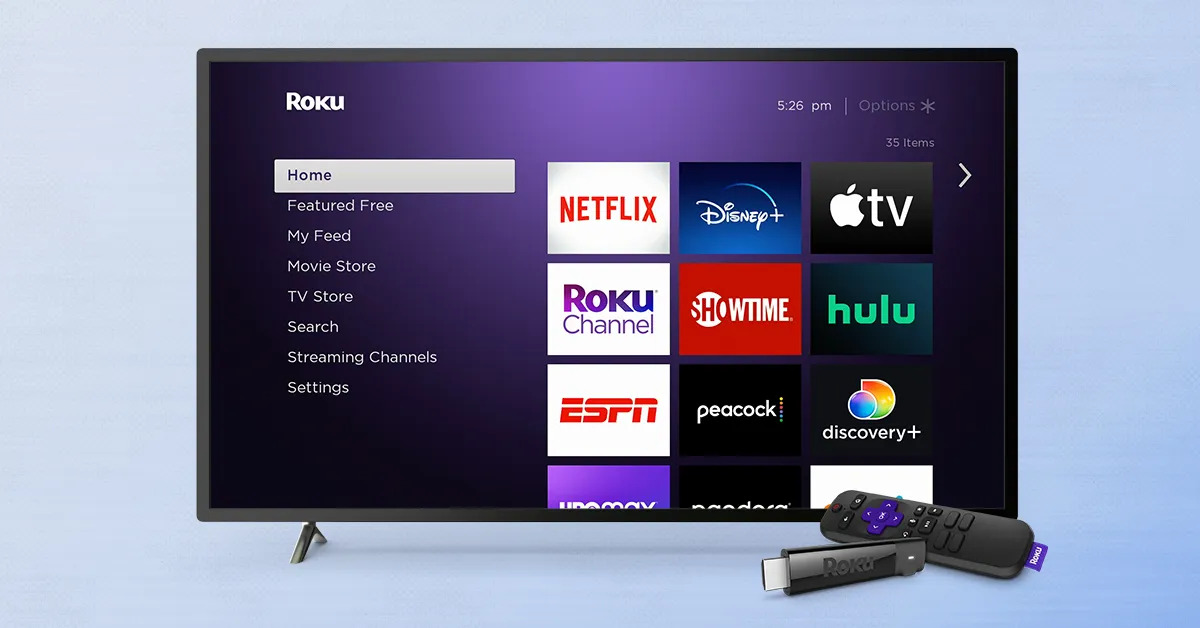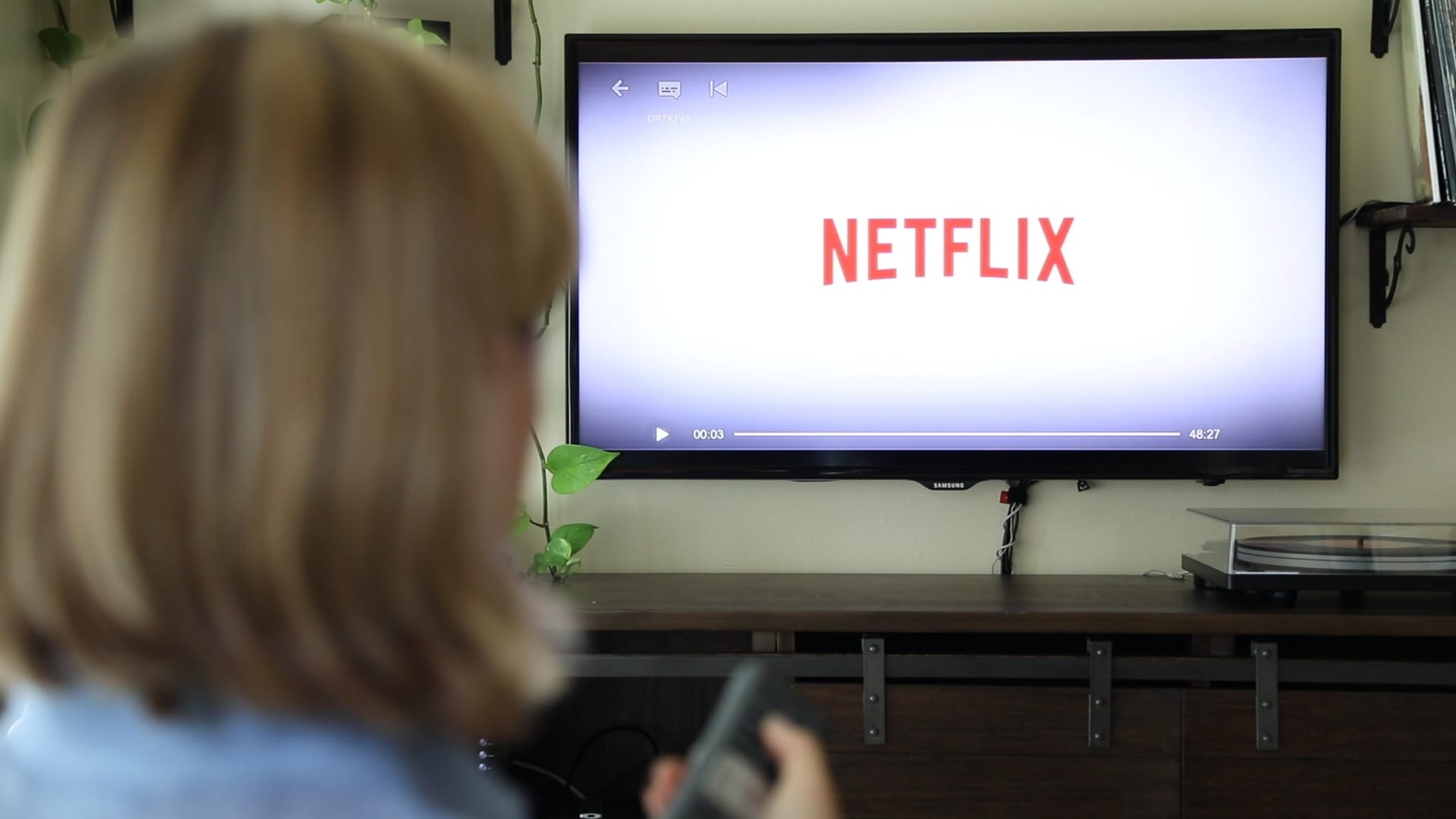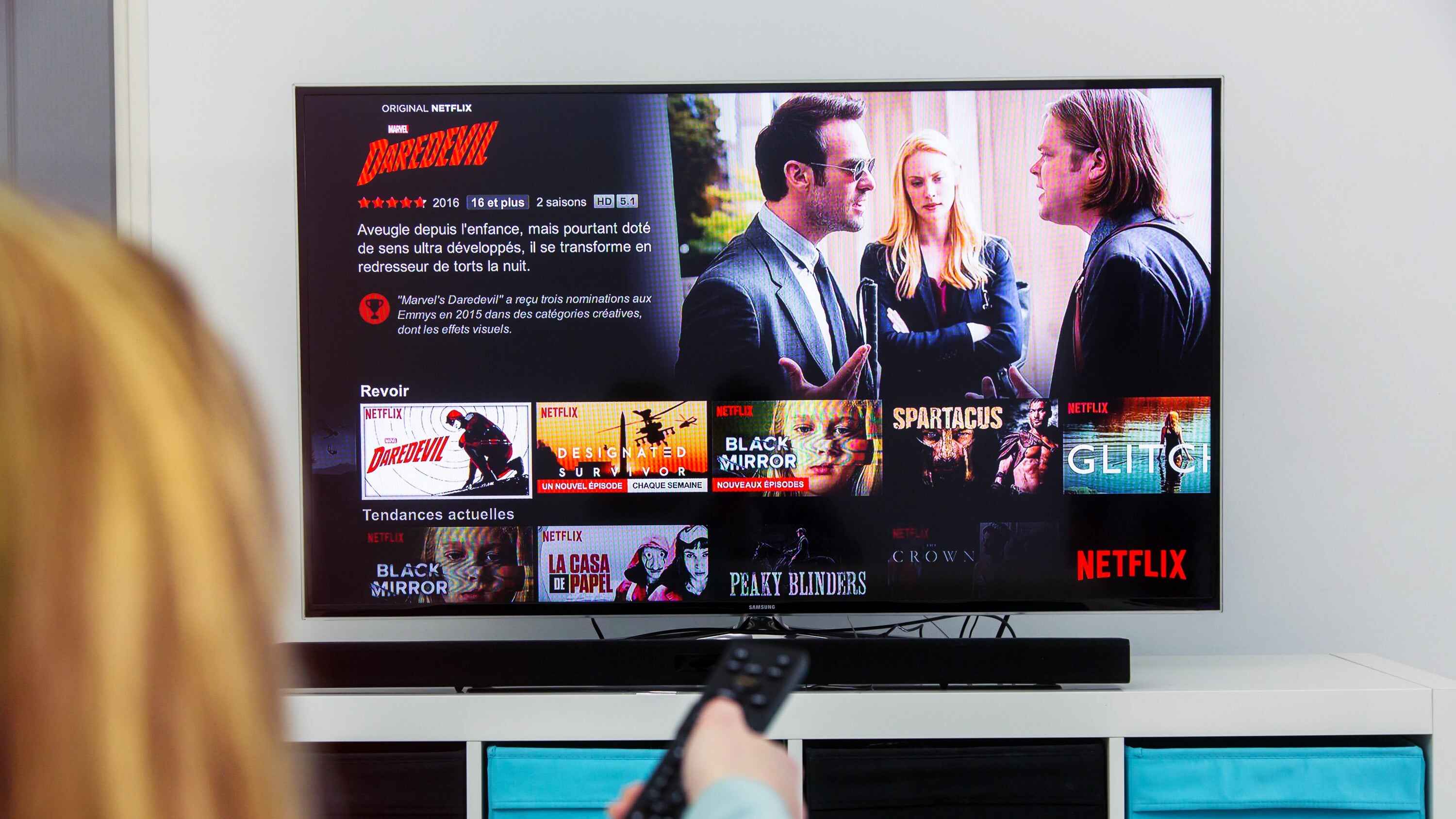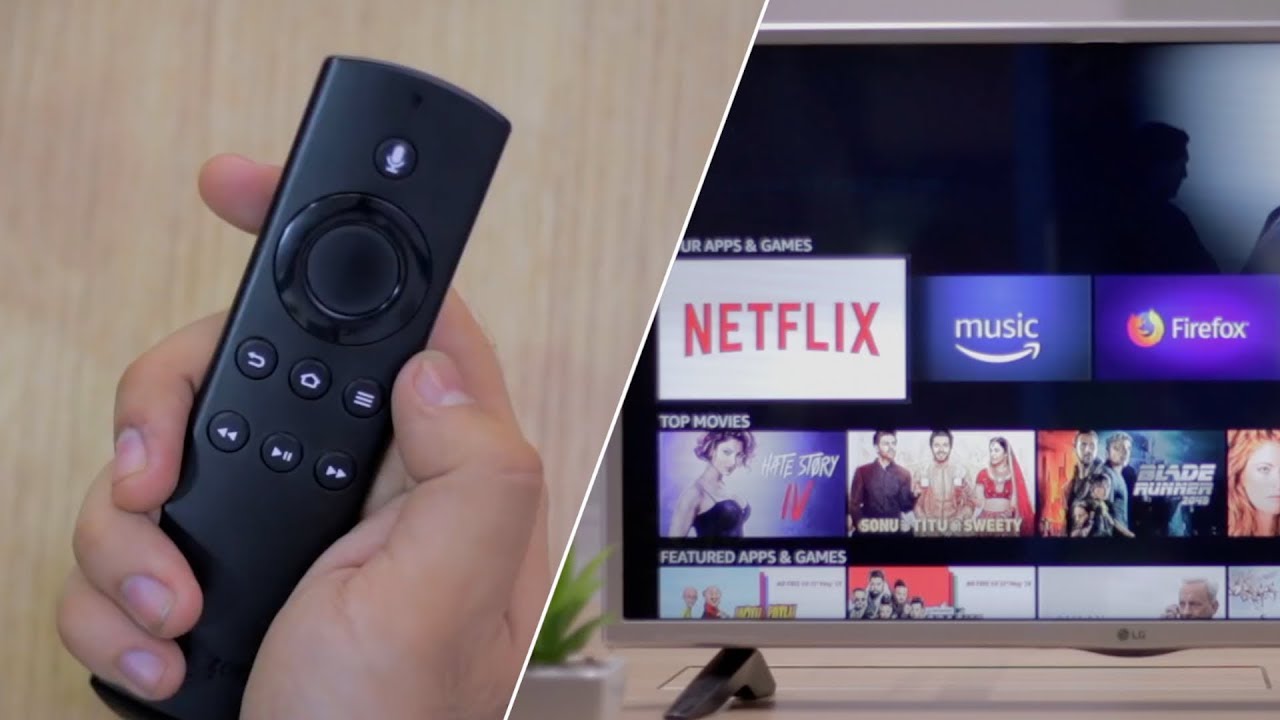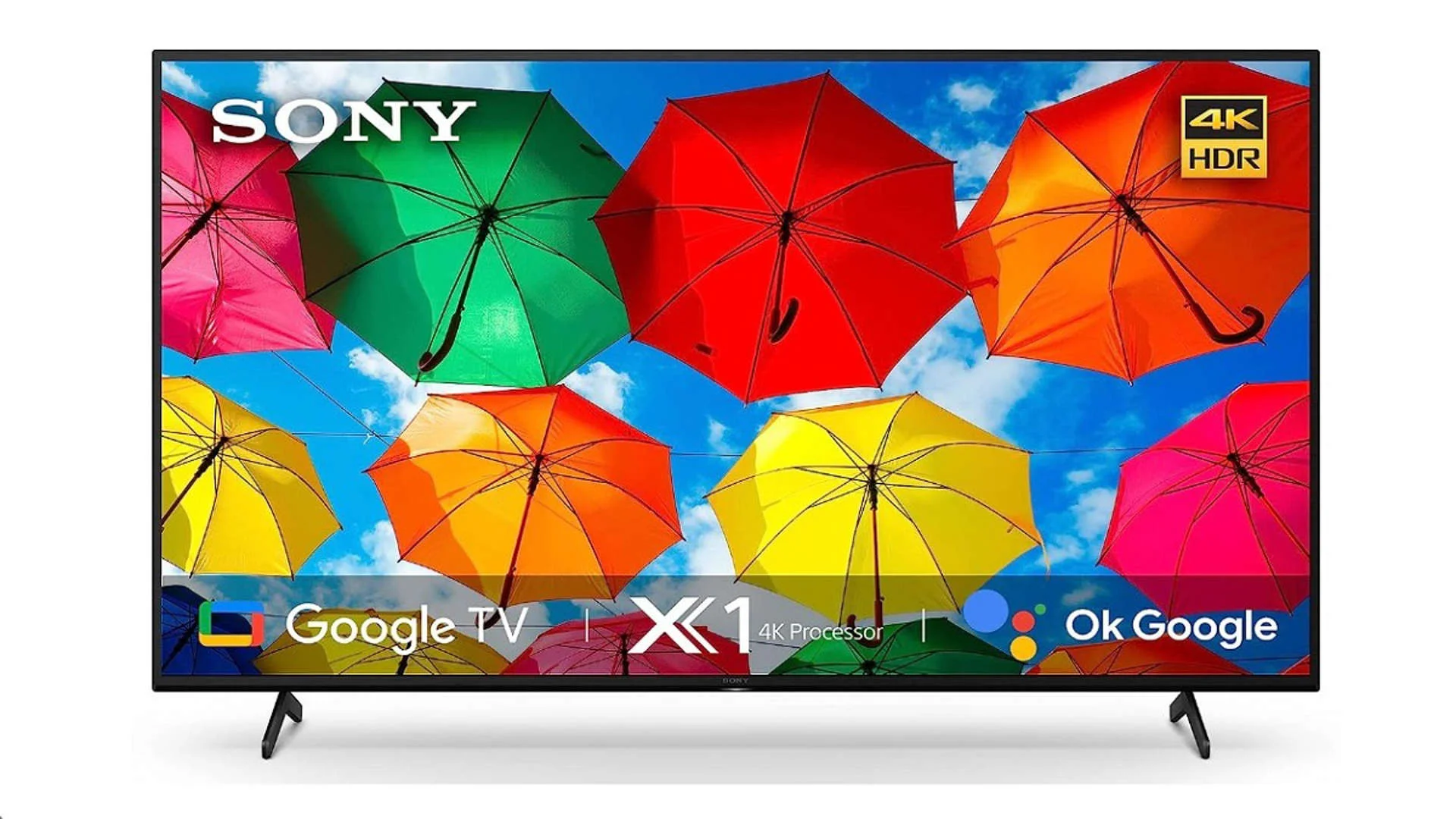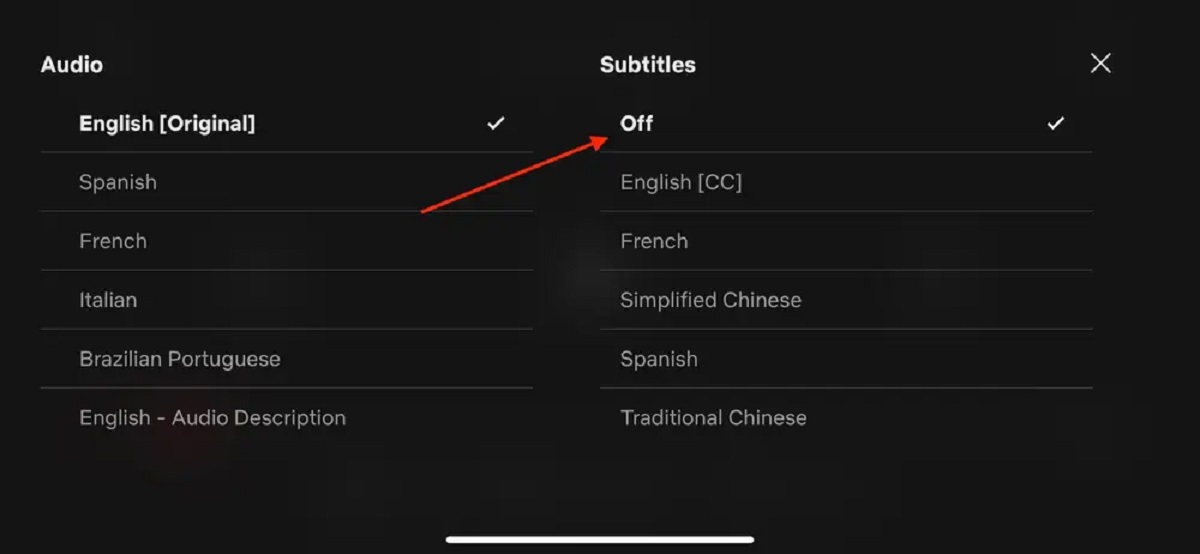Introduction
Streaming services like Netflix have revolutionized the way we watch movies and TV shows. However, if you don’t have a smart TV, you might be wondering how you can enjoy your favorite Netflix shows on the big screen. The good news is that there are several options available to help you watch Netflix without a smart TV. In this article, we will explore six different methods you can use to stream Netflix on your non-smart TV.
Gone are the days when you had to rely solely on cable or satellite TV to access high-quality entertainment. With the advancement of technology, streaming devices and smart gadgets have made it possible to bring the digital world right into your living room. Whether you have a laptop, computer, video game console, or even a smartphone or tablet, you can now easily connect them to your TV and enjoy Netflix’s vast library of movies and TV shows.
Each method we discuss comes with its own advantages and compatibility requirements, so you can choose the one that best suits your needs. Whether you want a simple and affordable option or a more versatile solution, there’s a workaround for everyone.
So, if you’re ready to start streaming Netflix on your non-smart TV, let’s dive into these six options and see how you can transform your TV into a Netflix hub without breaking the bank or compromising on quality.
Option 1: Connect a Laptop or Computer to Your TV
If you have a laptop or computer, connecting it to your TV is one of the simplest ways to watch Netflix on a non-smart TV. Here’s how:
- Check the available ports on your laptop and TV: Look for HDMI, VGA, or DVI ports on your laptop and corresponding ports on your TV. HDMI is the most common and preferred option.
- Connect the devices with an appropriate cable: Once you’ve identified the ports, connect one end of the cable to your laptop and the other end to your TV. If using HDMI, make sure to select the correct HDMI input channel on your TV.
- Adjust the display settings: Depending on your operating system, you may need to adjust the display settings on your laptop. Go to the “Settings” or “Control Panel” and select “Display.” From there, you can adjust the resolution and other settings to fit your TV screen.
- Play Netflix on your laptop and enjoy: Launch the Netflix website or app on your laptop and start streaming your favorite movies and TV shows. The content will be displayed on your TV screen.
This method allows you to enjoy Netflix on a larger screen with better audio and video quality. It’s a great option for watching movies or binge-watching entire seasons of TV shows in the comfort of your living room. Additionally, connecting your laptop to your TV gives you the flexibility to use other streaming platforms and websites as well.
However, keep in mind that your laptop or computer should have sufficient processing power and a stable internet connection for smooth streaming. It’s also essential to make sure that both your laptop and TV are compatible with the selected cable and have the necessary ports.
So, if you have a laptop or computer and want a straightforward method to watch Netflix on your non-smart TV, connecting the devices with an HDMI or other suitable cable is a smart and cost-effective choice.
Option 2: Use a Streaming Device
If you’re looking for a dedicated solution to stream Netflix on your non-smart TV, using a streaming device is a convenient option. Here’s how you can set it up:
- Select a streaming device: There are several popular streaming devices available on the market, such as Amazon Fire TV Stick, Roku Streaming Stick, or Google Chromecast. Choose the one that suits your budget and preferences.
- Connect the streaming device to your TV: Follow the instructions provided with your chosen streaming device to connect it to your TV. Usually, this involves plugging the device into an HDMI port on your TV and connecting it to a power source.
- Connect to your Wi-Fi network: Once the streaming device is powered on, navigate through the on-screen setup instructions to connect it to your Wi-Fi network. This step is necessary to access Netflix and other streaming services.
- Set up your Netflix account: If you already have a Netflix account, sign in with your credentials. Otherwise, create a new account by following the instructions on the screen.
- Launch Netflix and start streaming: Once you’re signed in to your Netflix account, use your streaming device’s remote control to navigate to the Netflix app and launch it. You can now browse and stream your favorite movies and TV shows on your non-smart TV.
Using a streaming device offers several advantages, including a user-friendly interface, a wide range of streaming apps and services, and the ability to access other popular platforms like Hulu, Amazon Prime Video, and more. Additionally, these devices often come with advanced features like voice control and 4K streaming capabilities, enhancing your overall streaming experience.
However, keep in mind that streaming devices require a stable internet connection to access online content. Also, consider the available storage capacity on the device, as some models may have limited space for app downloads.
If you want a dedicated streaming solution that simplifies the process of accessing Netflix and other streaming platforms on your non-smart TV, using a streaming device is a reliable and popular choice.
Option 3: Use a Video Game Console
If you already own a video game console, you can leverage its capabilities to stream Netflix on your non-smart TV. Here’s how to do it:
- Check if your console supports Netflix: Most modern video game consoles, such as PlayStation, Xbox, and Nintendo Switch, have built-in support for popular streaming services like Netflix. Ensure that your console is compatible.
- Connect your console to your TV: Use an HDMI cable to connect your video game console to your non-smart TV. Plug one end of the cable into the HDMI port on the console and the other end into an available HDMI port on your TV. Make sure to select the correct HDMI input source on your TV.
- Set up your internet connection: Connect your video game console to your Wi-Fi network or use an Ethernet cable for a wired connection. This step is necessary to access online streaming services like Netflix.
- Access the streaming app: Depending on your console, you can find the Netflix app in the menu or the app store. Launch the app and sign in with your Netflix account credentials.
- Start streaming Netflix: Once you’re signed in, you can browse through the extensive library of movies and TV shows on Netflix and start streaming them on your non-smart TV using your video game console.
Using a video game console to stream Netflix offers the advantage of having all your entertainment options in one device. You can switch seamlessly between gaming and watching your favorite shows without the need for additional equipment.
It’s important to note that some older video game consoles might not support Netflix or have limited streaming capabilities. However, popular and newer consoles generally offer a smooth Netflix streaming experience with high-definition video and surround sound.
If you’re a gaming enthusiast and own a compatible video game console, taking advantage of its streaming capabilities is an excellent way to enjoy Netflix content on your non-smart TV.
Option 4: Use a Blu-ray Player
If you have a Blu-ray player at home, you can utilize its features to stream Netflix on your non-smart TV. Here’s how:
- Ensure your Blu-ray player supports streaming: Check if your Blu-ray player is equipped with streaming capabilities. Many modern Blu-ray players come with built-in apps like Netflix that allow you to access online streaming services.
- Connect your Blu-ray player to your TV: Use an HDMI cable to connect your Blu-ray player to your non-smart TV. Connect one end of the cable to the HDMI port on the player and the other end to an available HDMI port on your TV. Select the corresponding HDMI input on your TV.
- Connect to the internet: Connect your Blu-ray player to your Wi-Fi network or use an Ethernet cable for a stable internet connection. This step is necessary to access Netflix and other streaming services.
- Access the Netflix app: Locate the Netflix app on your Blu-ray player’s home menu or app store. Launch the app and sign in with your Netflix account credentials.
- Start streaming Netflix: Once you’re signed in to your Netflix account, you can browse through the extensive catalog of movies and TV shows and begin streaming them on your non-smart TV using your Blu-ray player.
Using a Blu-ray player to stream Netflix provides an additional advantage of playing Blu-ray discs and DVDs on your TV. It combines the capabilities of a media player and a streaming device in one package.
Keep in mind that older or budget-friendly Blu-ray players may have limited streaming options or outdated apps. Therefore, it’s advisable to check the supported apps and features of your Blu-ray player before relying on it for Netflix streaming.
If you already have a Blu-ray player and want to maximize its functionality by streaming Netflix on your non-smart TV, this method offers a convenient and cost-effective solution.
Option 5: Use an HDMI Cable and a Smartphone or Tablet
If you have a smartphone or tablet with the Netflix app installed, you can easily connect it to your non-smart TV using an HDMI cable. Here’s how you can do it:
- Check the ports on your smartphone or tablet: Most modern smartphones and tablets have either a micro HDMI or USB-C port. Ensure that your device has the necessary output port for connecting to a TV.
- Purchase an HDMI adapter: Depending on the port on your smartphone or tablet, you will need to buy the corresponding HDMI adapter. For example, if your device has a micro HDMI port, you will need a micro HDMI to HDMI adapter.
- Connect your smartphone or tablet to your TV: Plug one end of the HDMI cable into the HDMI port on the adapter, and the other end into an available HDMI port on your TV. Connect the adapter to your smartphone or tablet using the appropriate cable.
- Switch your TV input: Use your TV remote to switch to the HDMI input channel where your smartphone or tablet is connected.
- Launch the Netflix app and start streaming: Once your smartphone or tablet is connected to the TV and you’re on the correct input channel, launch the Netflix app and sign in with your account credentials. You can now enjoy Netflix content on your non-smart TV.
Using an HDMI cable and a smartphone or tablet to stream Netflix offers the flexibility to watch your favorite shows and movies on a bigger screen. It allows you to utilize your portable device as a media center without the need for additional equipment.
However, keep in mind that the streaming quality may depend on the capabilities of your smartphone or tablet and the strength of your internet connection. Additionally, some devices may require additional settings adjustments, such as enabling screen mirroring or HDMI output, in the device settings.
If you want a convenient and versatile option to stream Netflix on your non-smart TV, using an HDMI cable and your smartphone or tablet provides a simple and cost-effective solution.
Option 6: Use a Media Streaming Stick or Dongle
If you’re looking for a compact and portable solution to stream Netflix on your non-smart TV, a media streaming stick or dongle is an excellent choice. Here’s how you can set it up:
- Purchase a media streaming stick or dongle: Popular options include the Amazon Fire TV Stick, Google Chromecast, or Roku Streaming Stick. Choose the one that fits your requirements and budget.
- Plug the streaming stick into your TV: Connect the media streaming stick or dongle to an available HDMI port on your non-smart TV. Ensure that it is securely inserted and select the corresponding HDMI input on your TV.
- Connect to Wi-Fi: Power on the streaming stick and follow the on-screen instructions to connect it to your Wi-Fi network. This step is required to access online streaming services like Netflix.
- Launch the Netflix app: Once your media streaming stick is connected to the internet, navigate to the app store or content library and locate the Netflix app. Install it if necessary.
- Sign in to your Netflix account: Launch the Netflix app and sign in with your account credentials. If you don’t have an account, you can create one directly from the app.
- Start streaming Netflix: With the Netflix app now accessible on your non-smart TV through the media streaming stick, you can browse the extensive collection of movies and TV shows and start streaming them instantly.
Using a media streaming stick or dongle offers a convenient and hassle-free way to turn your non-smart TV into a smart entertainment hub. These devices provide a user-friendly interface, seamless integration with popular streaming services, and the ability to stream content in high definition.
Depending on the model, media streaming sticks may offer additional features like voice control, screen mirroring, and access to other streaming platforms. They are also portable, allowing you to take them with you and easily connect them to different TVs.
Keep in mind that certain media streaming sticks require a separate power source, such as a USB port or outlet, for proper operation. Ensure that your TV or an available power outlet can supply the necessary power.
If you’re looking for a compact and versatile option to stream Netflix on your non-smart TV, a media streaming stick or dongle provides a seamless and feature-rich streaming experience.
Conclusion
Streaming Netflix on a non-smart TV is easier than ever thanks to the various options available. Whether you choose to connect a laptop or computer, use a streaming device, utilize a video game console, employ a Blu-ray player, connect a smartphone or tablet with an HDMI cable, or use a media streaming stick or dongle, you can enjoy your favorite Netflix shows on the big screen.
Each method has its own advantages and considerations. Connecting a laptop or computer offers flexibility and compatibility, while using a streaming device provides a dedicated and user-friendly solution. A video game console combines gaming and streaming capabilities, and a Blu-ray player offers the added benefit of playing physical discs.
If you prefer to leverage your smartphone or tablet, connecting it to your TV with an HDMI cable is a simple option, and using a media streaming stick or dongle brings portability and convenience to the table.
When choosing the right method for you, consider factors such as budget, device compatibility, streaming quality, and ease of use. Ensure that your non-smart TV has the necessary ports and features to support your chosen option.
No matter which method you choose, streaming Netflix on a non-smart TV allows you to enjoy a wide range of content on a larger screen, enhancing your viewing experience. It brings the world of entertainment to your living room, providing access to an extensive library of movies and TV shows.
So, go ahead and explore the options available to you. Transform your non-smart TV into an entertainment powerhouse and enjoy your favorite Netflix content on the big screen.







